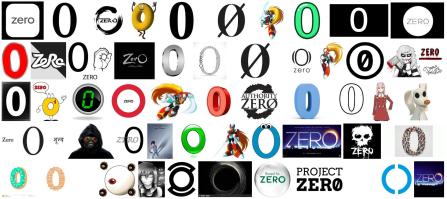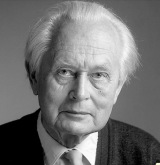Today’s article is about nothing: nothing at all, as encapsulated in the number zero and the empty set. It took humanity millennia to move beyond the counting numbers. Zero emerged in several civilizations, first as a place-holder to denote a space or gap between digits, and later as a true number, which could be manipulated like any other. [see TM143, or search for “thatsmaths” at irishtimes.com].

The numeral 0 is simple: it is a symbol representing the number zero. But the concept of zero is deeper and has long been of concern in metaphysics, the branch of philosophy that explores the nature of being, existence, and reality.
In the Encyclopedia of Philosophy, P L Heath described “nothing” as an awe-inspiring concept, which many writers regard with anxiety, nausea, or panic. Philosophers have never felt easy on the matter, which leads them into paradox. The Greek philosopher Parmenides said it is impossible to speak of what is not, thereby contradicting himself. Martin Gardner, the great popularizer of maths, and a philosopher by training, wrote a fascinating article entitled “Nothing”. He described the “Far Side” cartoon about a mountaineer descending a deep hole in the ground. Asked why he was doing this, he replied “Because it’s not there.”
Emergence of Zero
The Babylonians used a base-60 system. They had a symbol – two slanted wedges – which acted as a place-holder between digits, much as we use 0 to distinguish 307 from 37. But their symbol was never used in isolation: it was more like a punctuation mark than a number. Since the symbol never appeared at the end of a number, there was ambiguity between numbers like 3 and 180 (3 x 60) that were resolved only by the context. Similar place-holders were found in China, Central America and elsewhere.
Surprisingly, the classical Greeks had no symbol for zero, even as a place-holder. Later (about 130 AD) Ptolemy used a zero symbol in the Almagest, his work on astronomy. The Indian scholar Pingala used the Sanskrit word sunya to mean zero, but the earliest unequivocal use of zero as an actual number was by Brahmagupta in the 7th century AD. He also discussed negative numbers and the rules for their arithmetic manipulation.
From the eight century, Arab scholars had access to translations of classical works from Greece, India and elsewhere. They inherited the decimal system, including zero, from India and, when the Arabic works were later translated into Latin, it became known as the Hindu-Arabic number system. Leonardo of Pisa, known as Fibonacci, is credited with introducing the Hindu-Arabic system into Europe around 1200 AD. It gradually supplanted the cumbersome system of Roman numerals.
The Empty Set
 “Why is there something rather than nothing?” wondered the German polymath Gottfried Leibniz. Mathematics cannot resolve the conundrum of ultimate being; it is limited to deducing the consequences of assumptions called axioms, which, for the purposes of development, are taken as true. Since zero and the empty set are consistent with the axioms, and are exceptionally valuable for theoretical developments, they are embraced without metaphysical qualms.
“Why is there something rather than nothing?” wondered the German polymath Gottfried Leibniz. Mathematics cannot resolve the conundrum of ultimate being; it is limited to deducing the consequences of assumptions called axioms, which, for the purposes of development, are taken as true. Since zero and the empty set are consistent with the axioms, and are exceptionally valuable for theoretical developments, they are embraced without metaphysical qualms.

The empty set is the set with no members. For example the set of unicorns, or the set of people who pay income tax with delight. From the empty set, we can construct all the counting numbers and there emerges a rich and varied universe of numbers.
The Danish savant Piet Hein had a humorous angle on the fundamental question of existence:
The Universe may / Be as great as they say
But it wouldn’t be missed / If it didn’t exist.
